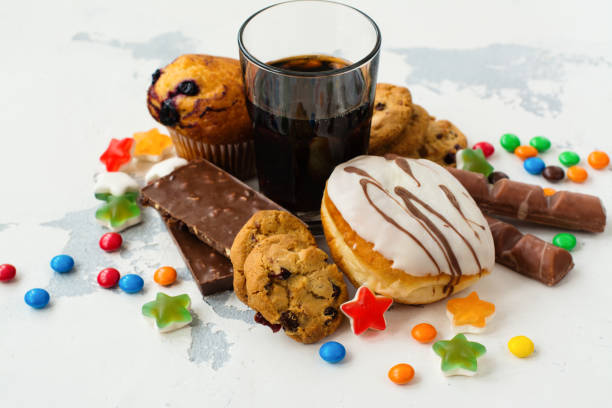The problem starts in childhood, with less than two-thirds of children participating in weekly physical activity.

Obesity is defined as excessive accumulation of fat in the human body that leads to health risks such as cardiovascular disease, musculoskeletal diseases, high blood pressure and diabetes.
South Africa has a big fat problem, with our children said to be the third most obese in the world.
Studies say up to 70% of women and a third of men are classified as overweight or obese. In children, one in four girls and one in five boys between the ages of two and 14 are overweight or obese.
Perceptions of weight and weight loss complicate the issue further. We tend to associate weight loss with negative connotations such as HIV/Aids, therefore even if someone is overweight they fear weight loss could be interpreted that they are HIV positive.
Some people believe being overweight is a sign of affluence and wealth.
Childhood obesity is associated with a higher chance of obesity, premature death and disability in adulthood.
In addition, obese children experience breathing difficulties, increased risk of fractures, hypertension, cardiovascular disease, insulin resistance and diabetes, and psychological effects.

Picture: iStock
Overweight vs obese
Body mass index (BMI) is a simple index of weight-for-height that is commonly used to classify people as overweight or obese. It is a person’s weight in kilograms divided by the square of his height in meters (kg/m²).
When the BMI is greater than or equal to 25 the person is overweight and is obese if it is greater than or equal to 30. This should be considered a rough guide.
Central obesity (belly fat)
The fat you can grab with your hands is called subcutaneous fat. In your belly, it’s called visceral fat. This fat is “sneaky” and has the most severe health risks. You can have it even if you are not overweight.
It is the most difficult fat to drop, and diet is more effective than exercise.
Stop sugary beverages, rather drink water, fill your plate with non-starchy vegetables, stop processed foods, strength training twice a week minimum because building muscle burns fat, get enough sleep because sleep deprivation has been shown to cause weight gain, stand up and move.

Picture: iStock
Causes
The cause is an energy imbalance between calories consumed and calories used.
The problem starts in childhood, with less than two-thirds of children participating in weekly physical activity. In adults, half of males and almost two thirds of females are physically inactive.
Sugar
Glucose is vital to life and energy. If we don’t get glucose from the diet, our bodies produce what we need out of proteins and fats.
Fructose, however, is not a natural part of metabolism and humans do not produce it. When we eat a lot of sugar, most of the fructose gets metabolised by the liver. There it gets turned into fat.
Studies have shown there is a change in body fatness that occurs when changing intake of sugars and this is because of an alteration in energy balance.
There is a rapid weight gain after an increased intake of sugars. The most current dietary advice published by the World Health Organisation highlights the need for a reduction in sugar intake to 5% of our energy intake.

Picture: iStock
Preventing obesity
Apart from restricting the sugar we consume, individuals can also:
• Reduce calorie intake from sugary and starchy foods and increase intake from vegetables and proteins. Starchy foods include bread, potatoes, rice, pap, samp, pasta.
• Exercise for 30 minutes, five times a week (moderate intensity exercise) in the beginning, then increasing intensity and strength training. Work with an experienced trainer and your physician.
• Supportive environments and communities are fundamental in encouraging people to make healthier choices of foods and regular physical activity, thereby preventing obesity.
The food industry can also play a significant role in promoting healthy diets by practicing responsible marketing.
For more news your way, download The Citizen’s app for iOS and Android.





